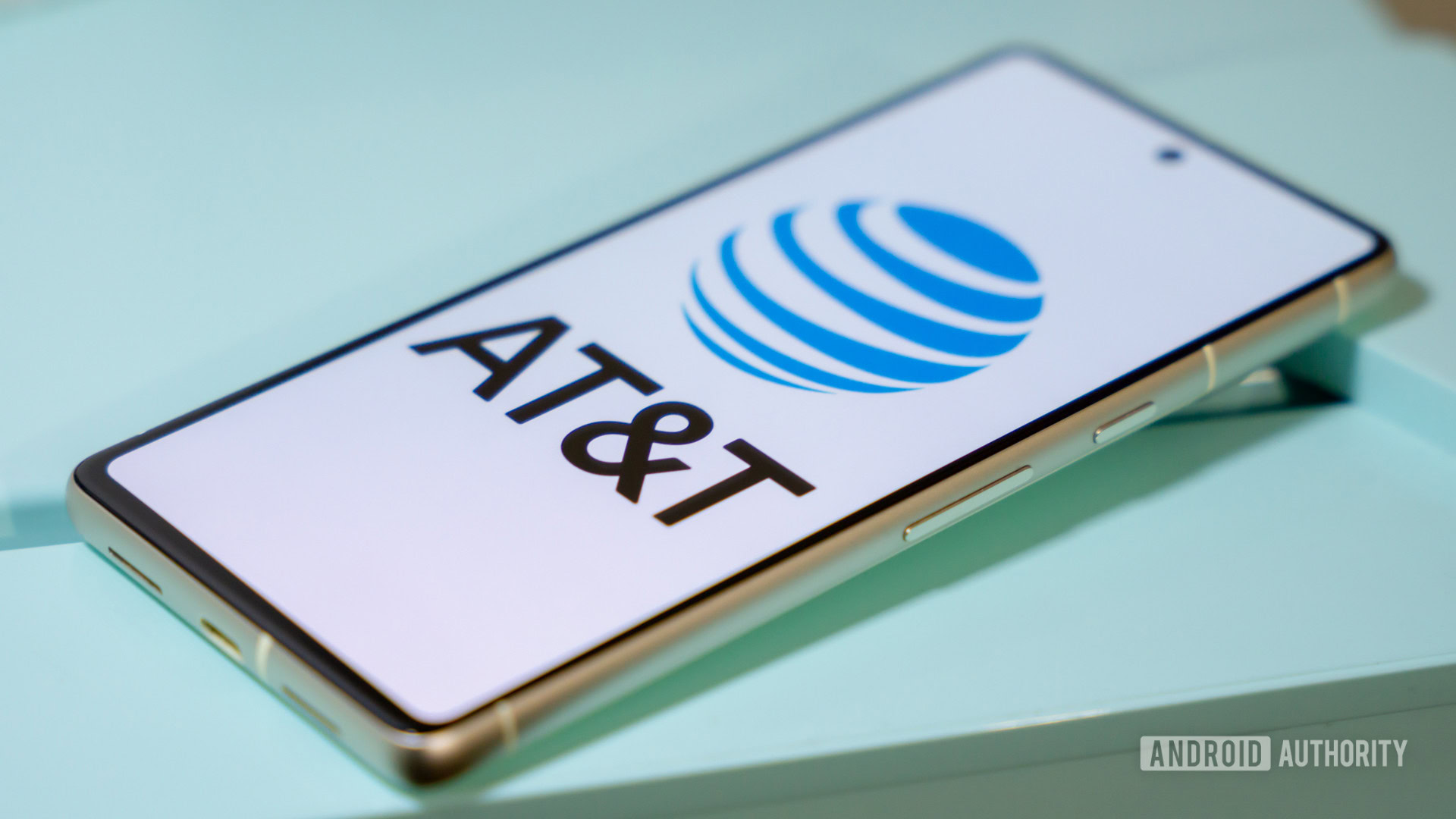AMERICANS could save up to $200 a year by just following a simple action.
Household consumers lose hundreds of dollars each year by leaving their electrical devices on standby – slowly draining their electricity and increasing energy bills.
1
Electricity generally makes up the largest portion of a household’s utility bills, often accounting for 45% to 55% of the total cost.
The summertime heat is bumping up your bills even further, making it more costly to cool down your home as temperatures spike.
The average cost of electricity from June to September is projected to reach $784 this year – a 6.2% hike from last year’s $737 average – per a report from the National Energy Assistance Directors Association.
With Americans shelling out the highest electricity payments in at least 12 years, every dollar counts – and you may be tacking on extra to your monthly costs without even knowing it.
read more money saving tips
One sneaky culprit is what’s known as vampire devices, also referred to as standby power, phantom loads, or energy vampires.
These electronic devices consume electricity even when they are turned off or in standby mode in order to keep certain features operational, such as clocks, timers, or digital displays.
Phantom loads can be caused by a number of devices that you may be forgetting about, such as laptops, TVs, microwaves, video game consoles, coffeemakers, toasters, chargers, and more.
While leaving devices plugged in and running in the background may not seem like a big deal, this vampire energy is often overlooked and can result in higher electricity bills each month.
Karl Trollinger, CEO of Texas Electricity Ratings, said: “Many Americans don’t realise how much they’re spending on devices that aren’t even being used.
“Simple actions like unplugging electronics or using power strips with switches can save households hundreds of dollars per year.”
Leaving such devices on standby places a very real strain on your wallet, accounting for up to $200 each year, per the Department of Energy.
This can add up, with the total yearly cost of vampire energy in the US standing at around $19 billion, according to estimates by the Natural Resources Defence Council.
Mr Trollinger added: “Many devices, such as TVs and games consoles, have a ‘sleep mode’ which uses less power and allows for faster start-up.
“While this may be convenient, power is still being used and can add up over time. Taking the time to fully power off any devices will not only save money but is the safest option.”
UNPLUG IT
The most effective method to cut down on the amount of standby power consumed in your home is to unplug electronics and appliances when they are not in use.
This strategy not only helps to eliminate the excess charges on your monthly energy bills caused by vampire energy, but also offers a number of other benefits.
For example, unplugging idle devices can help to improve the lifespan of them, according to Scott Harden, senior vice president and chief technology officer at Schneider Electric.
“Constant standby current can stress electronics over time,” Harden told The U.S. Sun, explaining that unplugging devices can help reduce their wear and tear and extend their operational life.
Another benefit of unplugging electronic devices is enhanced fire safety and surge protection.
“Though modern chargers are generally safe, leaving them unattended while plugged in slightly increases potential risks from malfunctions or power surges,” said the energy expert.
Unplugging your unused electronics helps to protect both your home and your devices from these hazards.
How to address the energy vampires in your home

Addressing the energy draining devices in your home is a key way to slash your energy bills.
There are several actionable steps that homeowners and renters can take to reduce the standby power used in their households:
- Unplug devices when not in use: this is the most effective way to get rid of phantom loads.
- Use power strips: power strips with on and off switches make it easy to power off several devices at a time. Smart power strips are even more convenient, as they automatically turn off devices in standby mode.
- Identify and address specific appliances: check for home for electronic devices that are consistently using power even when off.
- Utilize energy-saving features: take advantage of sleep modes and other energy-saving settings on your electronics.
- Consider energy-efficient alternatives: look for appliances with lower standby power consumption such as products with the Energy Star label, as they are designed to be more energy-efficient.









